Year 3 Teaching Resources
Explore printable worksheets, digital activities, games and more Year 3 resources, all aligned to the Australian curriculum! The teacher-created resources have all been designed with primary teachers and students in mind to meet the special needs of children as they transition into the middle years of their primary school education.
Carefully curated and thoroughly reviewed by the expert teachers of the Teach Starter team to ensure they're classroom-ready, our Year 3 resources can save you lesson planning time this school year with editable and differentiated options at the ready.
Teach Starter’s Year 3 resources utilise a vast array of resource types and have something for every learning area. Here's just a taste of what you'll find for your classroom!
- Spelling words and English worksheets
- Fractions activities and Maths worksheets
- Social and emotional learning activities
- Narrative writing stimuli
- Language conventions practice
- And so much more!
Are you new to teaching Year 3? Here's a look at what this year of primary school is all about!
What Is Year 3 in Australia?
Year 3 sits right in the middle of primary school for most students in Australia as the fourth year of compulsory education.
How Old Are Kids in Year 3?
The exact age of students will vary slightly by state (and birthday!), but most children in your Year 3 class will be 8 to 9 years old.
What Do Students Learn in Year 3?
Year 3 is a big one for Australian students. Many will sit the NAPLAN tests, and more than a few will hit double digits before the year is through. This is a big year for Maths between the introduction of more complex fractions and formal multiplication, as well as even more skill-building in other learning areas.
Exactly what they're expected to learn will depend to some degree on the state or territory where you are teaching, but here's a look at what your students can expect to encounter in the key areas of the curriculum!
English
Year 3 students continue to develop their reading, writing, speaking, and listening skills in their English lessons. Reading will involve more complex texts, including longer novels, non-fiction texts, and poetry.
Students will also be expected to analyse these texts more deeply, examining themes, character development, and literary techniques. Comprehension skill-building will require deeper analysis of texts and drawing inferences from what is read.
While Year 2 instruction focuses on basic writing skills such as sentence structure and punctuation, this older group of students will move toward more advanced writing skills such as paragraphing, using descriptive language, and organising ideas in a logical way.
Grammar and spelling will also become a greater focus this year, with an emphasis on understanding and applying more complex grammar rules and spelling patterns.
Maths
Fractions feature front and centre of the Year 3 Maths curriculum. Students will learn to identify, compare, and order unit fractions (those being fractions with a numerator of 1), as well as use them in simple problem-solving contexts.
We already alluded to this being a big year for multiplication, and is it ever! Year 3 students learn the basic multiplication facts — such as 2 x 2 = 4 and 3 x 3 = 9 — and they begin to use these facts to solve multiplication and division problems. They also learn to interpret and create simple multiplication and division problems.
Students will have the chance to build upon their understanding of measurement concepts from Year 2, including length, mass, and capacity. They'll learn to measure and estimate using standard units, plus how to compare and order measurements.
Maths students will expand their knowledge of 2D shapes this year, and they will begin to learn about three-dimensional shapes and their properties.
Place value is still a big part of maths, of course. Year 3 students expand their understanding of place value to include numbers up to 10,000, and they learn to read, write, and compare four-digit numbers. They also learn to use place value to solve addition and subtraction problems.
Science
Science instruction in Year 3 is more focused on building a deeper understanding of scientific concepts and their applications, as compared to Year 2. It also emphasises the development of scientific inquiry skills that will help kids become more proficient in conducting scientific investigations and communicating their findings.
Students in Year 3 learn to ask questions, plan and conduct investigations, collect and record data, and communicate their findings as part of their development of science inquiry skills. They spend a portion of the year learning about the characteristics of living things, including plants and animals. Year 3 students will have the chance to explore the life cycles of plants and animals, as well as learning about the needs of living things and their habitats.
While they're learning about things that live on Earth, they're also learning about the planet itself, exploring geological features such as rocks, soil, and minerals. They also explore heat energy and how it can be transferred from one object to another.
Last, but certainly not least, Year 3 students learn about the properties and states of matter, including solids and liquids (gasses are explored later on in primary school).
Humanities and Social Sciences
Building on the foundation set in Year 2, Year 3 HAAS lessons build a deeper understanding of historical events and concepts, as well as exploring the social and economic systems that underpin Australian society.
Students learn about the historical events, people, and places that have shaped Australia's history. They explore the concept of change and continuity over time and learn to use historical sources to investigate the past. Students also study significant cultural events celebrated in our country and how they contribute to Australia's diversity and identity.
Geography instruction will guide students as they learn about the physical and cultural characteristics of places and regions. They'll learn more about the representation of Australia as states and territories, and as Countries/Places of First Nations Australians. Students will also begin exploring Australia's neighbours such as New Zealand, Papua New Guinea, and Indonesia.
Civics instruction sees Year 3 students strengthening their understanding of what it means to live in a democratic society. They will draw upon their own personal experiences to examine why rules are important and to discuss how they can be active participants in the communities to which they belong.
Health and Physical Education
With their bodies rapidly changing, Year 3 students learn about the factors that influence their health and wellbeing, including the importance of good nutrition, hygiene, and sleep. They also learn about social and emotional health, including how to manage their feelings, develop positive relationships, and make safe and healthy choices.
In Year 3, there are a number of different types of safety on tap in lessons, including road safety, water safety, and personal safety. They develop an understanding of risk and learn strategies for staying safe in different situations.
Year 3 students also learn about the importance of being active and informed citizens in their community. They learn about the benefits of volunteering and begin to develop an understanding of the responsibilities and rights of individuals in society.
The Arts
In Year 3, students develop more advanced skills in drawing, painting, and other visual arts techniques. This includes studying the elements of art — such as line, shape, colour, and texture — and beginning to use these to create more complex artworks.
In music class, these children are learning all about musical notation and how to read and write simple music, while drama instruction explores different forms of drama, including role-playing, improvisation, and scripted performance. Students get the chance to learn about the elements of drama, such as character, plot, and setting, and begin to use these to create their own dramatic works.
- Free Plan
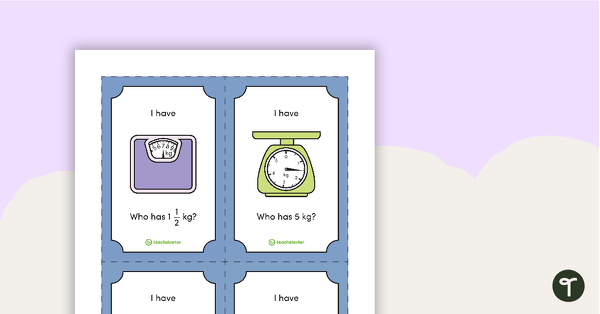
I Have, Who Has? Game – Measuring Mass with Scales
A game to reinforce the skill of reading scaled instruments when measuring mass.
- Plus Plan
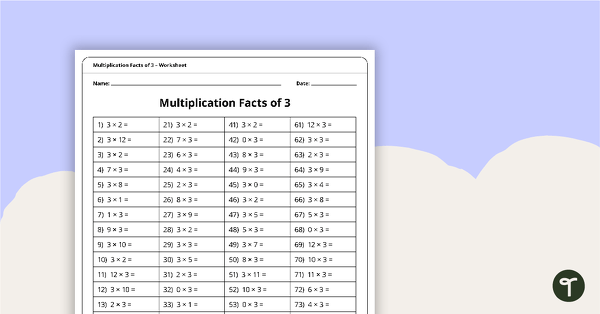
Multiplication and Division Speed Drill Worksheets – Facts of 3
A set of worksheets to help students develop fast and accurate recall of the three times tables.
- Plus Plan
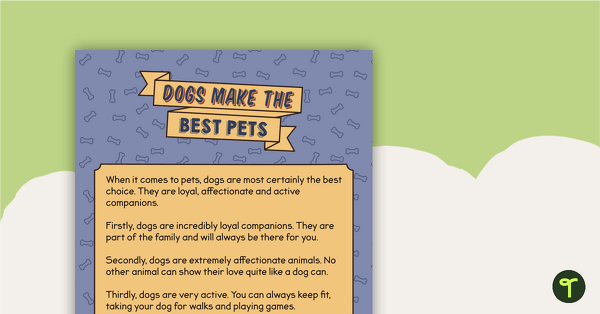
Sequencing Activity - Dogs Make the Best Pets (Persuasive Text) - Simplified Version
A sequencing task using a simple persuasive text.
- Plus Plan
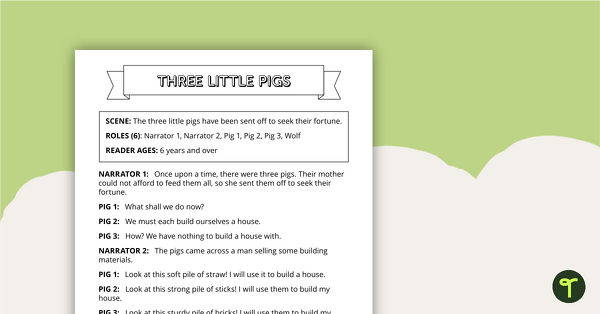
Readers' Theatre Script - Three Little Pigs
A script which can be used during readers' theatre or Drama sessions, aimed at students 6 years and over.
- Plus Plan
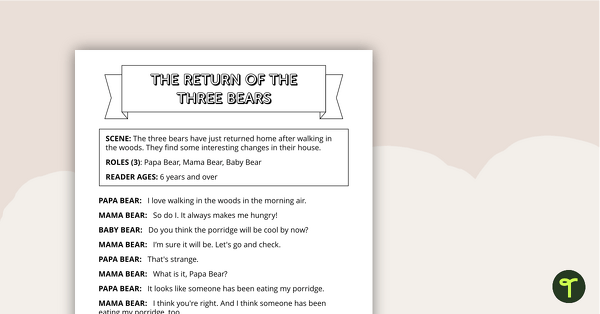
Readers' Theatre Script - Return of the Three Bears
A script which can be used during readers' theatre or Drama sessions, aimed at students 6 years and over.
- Plus Plan
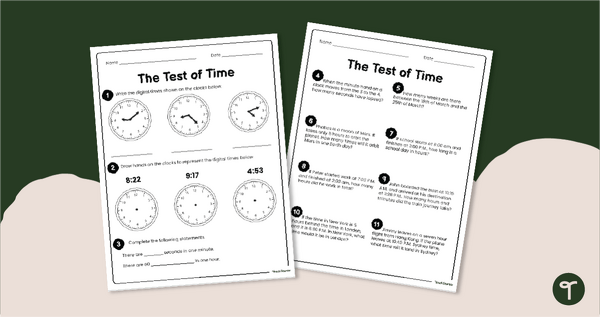
Clock Reading & Elapsed Time Quiz
Assess your students' knowledge of telling time to the minute and working with elapsed time with this 2-page Telling Time Quiz.
- Free Plan
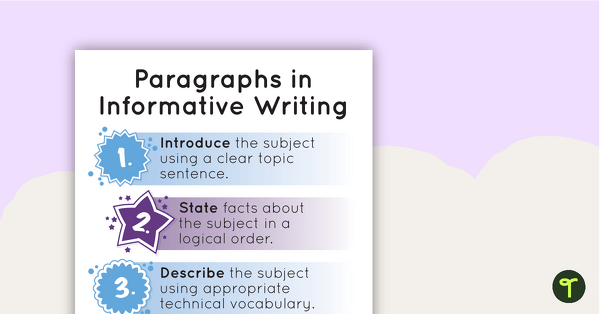
Information Report Paragraph Structure – Poster and Planning Template
Explore information report paragraph structure with this classroom poster and paragraph planning scaffold.
- Plus Plan
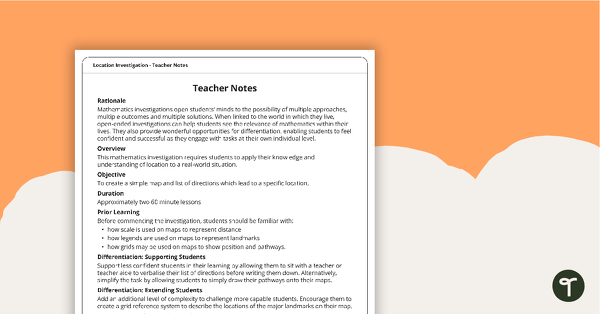
Location Maths Investigation - Blackbeard's Bounty
A mathematics investigation about location, embedded in a real-world context.
- Plus Plan
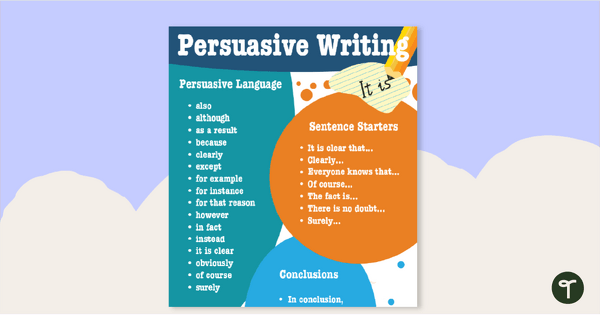
Language in Persuasive Writing Anchor Chart
Introduce students to the language associated with persuasive writing with a printable persuasive writing anchor chart.
- Plus Plan
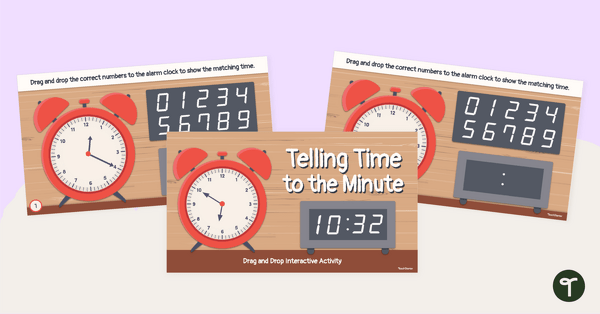
Time by the Minute - Year 3 Maths Interactive
Practise telling time by the minute with an interactive Time-telling digital learning activity.
- Plus Plan
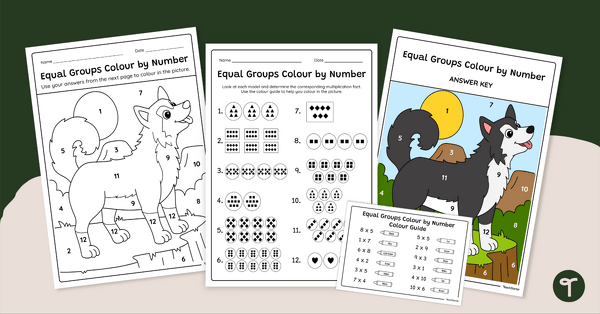
Multiplication With Equal Groups – Colour by Number Worksheet
Guide your students to determine a multiplication problem for an equal groups model with this colour-by-number worksheet.
- Plus Plan
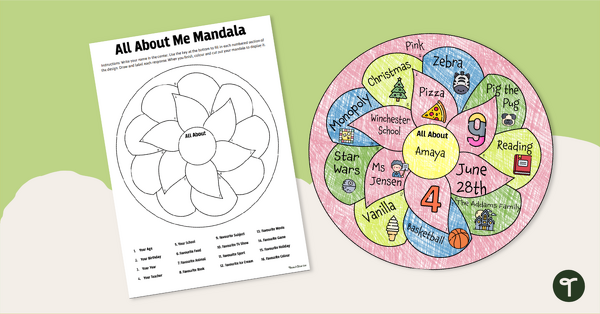
Get to Know You Questionnaire - Mandala
Get to know your new students with a fun Mandala-style get-to-know-you questionnaire template.
- Plus Plan
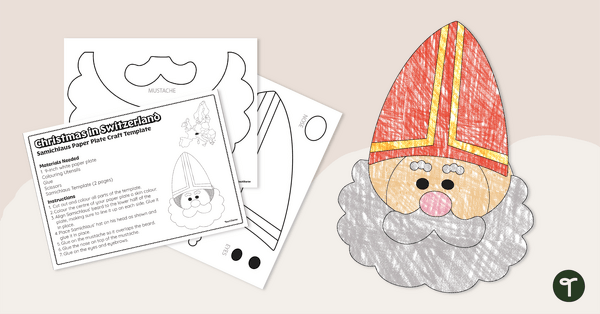
Christmas in Switzerland - Samichlaus Paper Plate Craft
Learn about Christmas in Switzerland and introduce your students to Samichlaus with a printable paper plate Christmas craft template.
- Plus Plan

Multiplication With Arrays Bingo
Review how arrays and multiplication facts are related with this whole-class Bingo game.
- Plus Plan
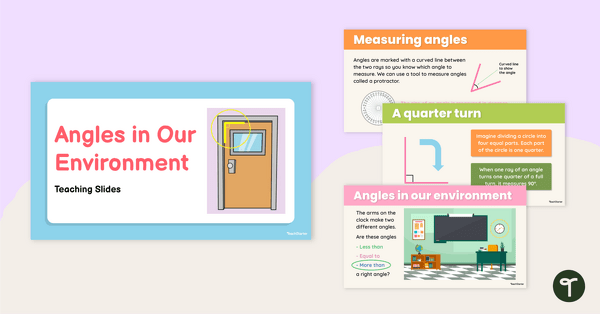
Angles in Our Environment Teaching Slides
Explore angles in the environment using this comprehensive teaching presentation for Year 3 students.
- Free Plan
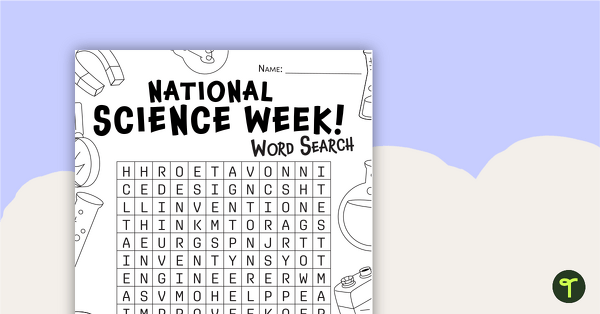
Innovate and Invent! Science Word Search
Build your students’ vocabulary around the topics of innovation and invention with a word search worksheet.
- Plus Plan
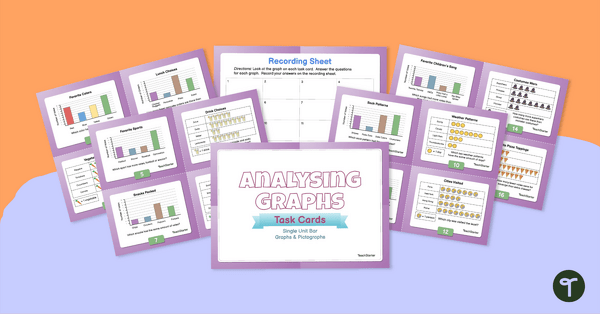
Analysing Graphs – Single-Unit Bar Graphs and Pictographs – Task Cards
Use data analysis skills to analyse bar graphs and pictographs with this set of task cards.
- Plus Plan
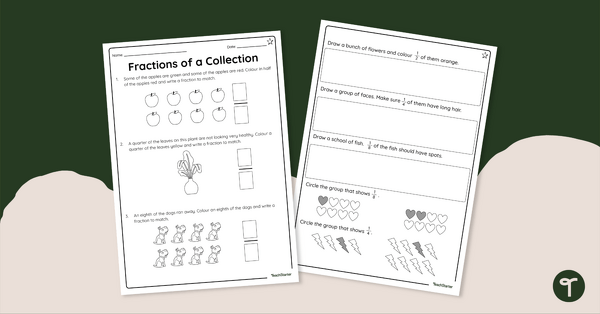
Fractions of a Collection – Differentiated Worksheets
Differentiated worksheets that focus on fractions of collections.
- Plus Plan
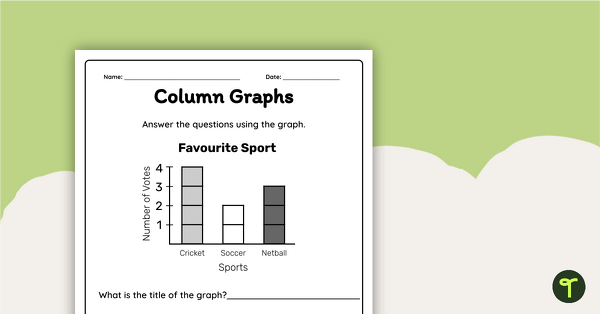
Interpreting a Column Graph Worksheet
Interpret information from a column graph and answer questions with this worksheet.
- Plus Plan
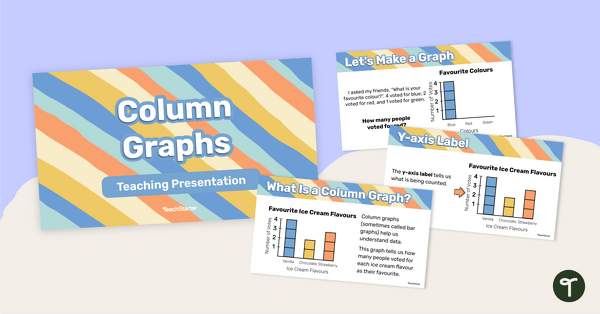
Column Graphs – Teaching Presentation
Learn all the features and how to construct a column graph with this 25-page teaching presentation.
- Free Plan
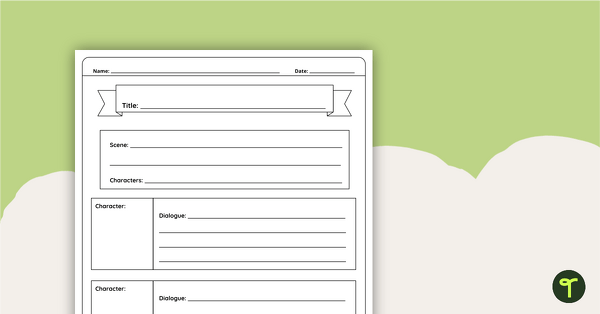
Play Script Template
A template for students to use when writing their own play script.
- Plus Plan
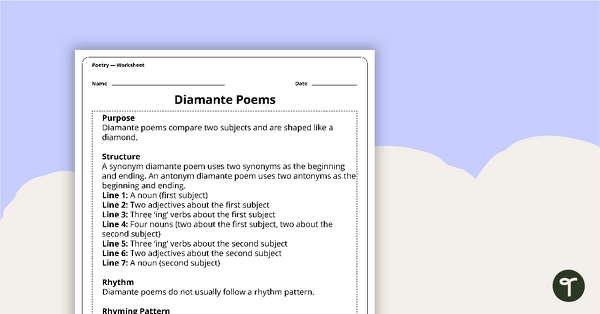
Write a Diamante Poem Worksheet
Set your students up for success when writing a diamante poem with this set of scaffolded, easy-to-follow worksheets.
- Plus Plan
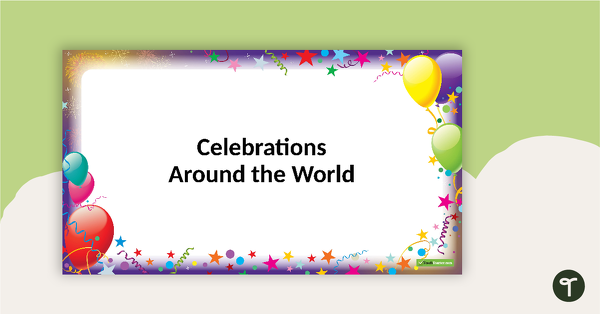
Celebrations Around the World - PowerPoint
A 28 slide editable PowerPoint Template to use when exploring the topic of celebrations.
- Plus Plan

Counting Coins Worksheet
A counting worksheet using Australian coins.
- Plus Plan
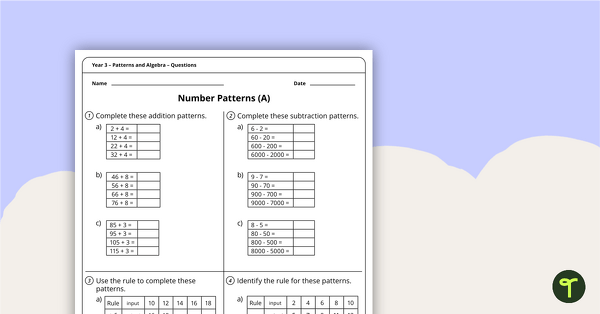
Patterns and Algebra Worksheets - Year 3
2 patterns and algebra worksheets linked to the Australian Curriculum.
- Free Plan
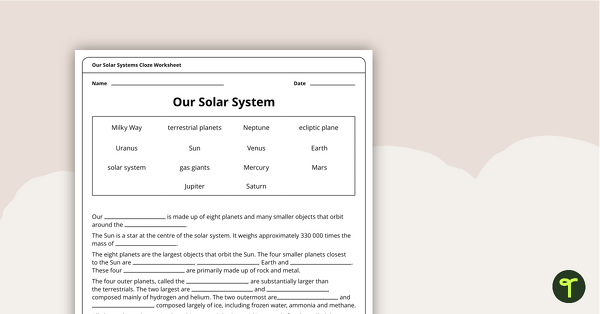
Our Solar System Cloze Worksheet
Our Solar System cloze worksheet for your students to complete.
- Free Plan

Speaking and Listening Activities Task Cards
A set of 13 cards with instructions for speaking and listening activities.
- Plus Plan
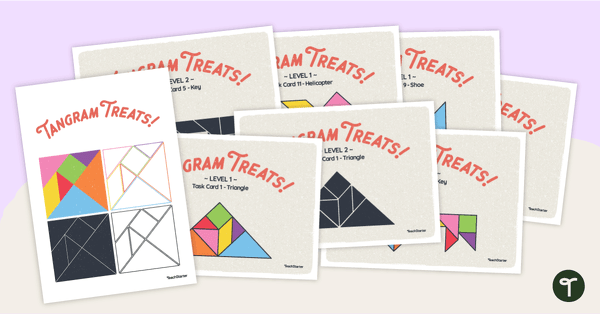
Tangram Treats – Task Cards and Templates
Explore the properties of geometric shapes with this set of scaffolded tangram shapes task cards and cut-out tangram templates.
- Free Plan
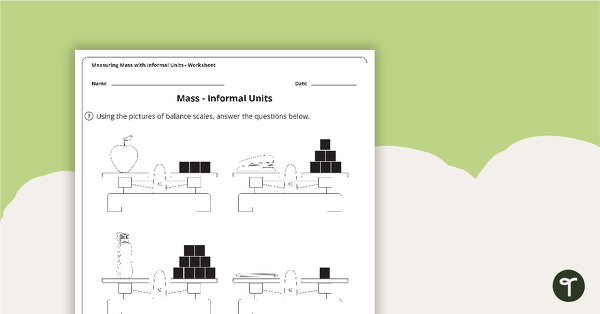
Measuring Mass with Informal Units Worksheet
A worksheet to use when exploring mass and how to measure it with informal units.
- Plus Plan
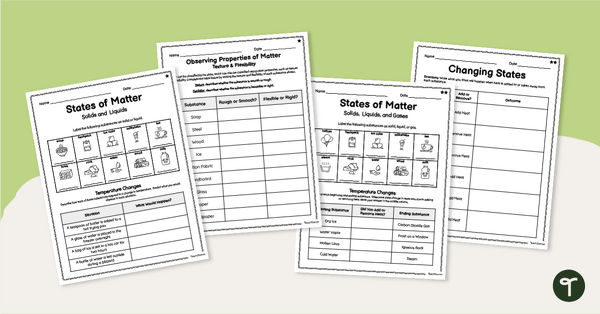
Year 3 Matter Worksheets - Properties & Changes
Reinforce your students' understanding of the properties of matter and changes in state with a set of printable differentiated Matter Worksheets.
- Plus Plan
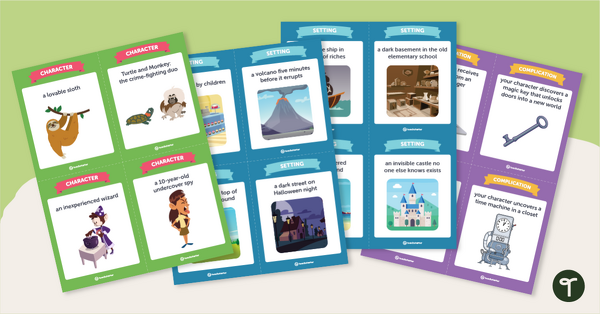
Story Ideas – Character, Setting, and Complication Cards
Help your students choose a topic to write about with this set of 36 character, setting and compilation task cards.
- Free Plan
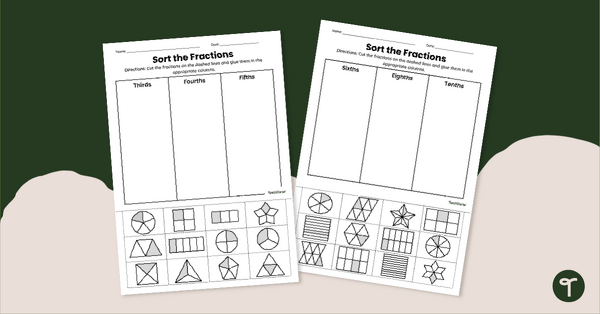
Sorting Unit Fractions Cut and Paste
Sort different unit fraction visualisations with these cut-and-paste unit fraction worksheets.